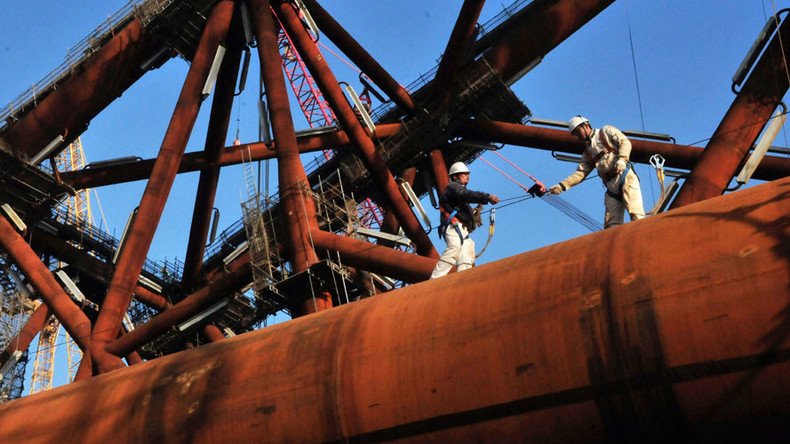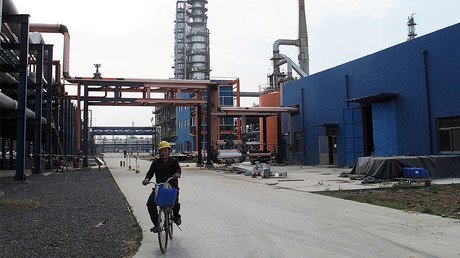China offers contested South China Sea oil and gas blocks

Last week, China National Offshore Oil Corp tendered 22 oil and gas blocks in the South China Sea, expecting bids from foreign companies that would help it develop the reserves in response to growing local oil and gas demand.
It has already struck one deal, with Canada’s Husky Energy, which will drill two exploration wells in block 16/25 next year.
Some might consider Husky exceptionally brave given the circumstances. A lot of the South China Sea is the object of disputes between China and its neighbors, with a court in The Hague last year ruling against China’s claims and in favor of the Philippines—one of the neighbors opposing China’s expansion in the basin. China however, has not acknowledged the ruling, which has heightened tensions in the area.
The South China Sea may hold 28 billion barrels of oil, according to an estimate from the US Geological Survey from the mid-90s. Since then, with technology improvements, this figure could have increased substantially.
Of course, low oil prices or no low oil prices, everyone wants a piece of the oil pie, and China wants the biggest one. The question is: will foreign oil companies help China take it?
Some observers note a string of challenges for CNOOC in this endeavor. First, there is the simple problem with regional hostility: if a company chooses to work with China, it may be shown the door in Vietnam or Taiwan, as some of the territory covered by the blocks, which span 47,270 sq km, is disputed by the two countries.
Second, there is the uncertainty of oil and gas ownership if exploration leads to any significant discoveries. Companies willing to team up with CNOOC on the exploration of these 22 blocks, some authors argue, will effectively be taking China’s side in the territorial dispute, potentially straining a corporation’s reputation.
Third, there is the much more practical problem of the cost of exploration. According to one Chinese academic from Renmin University, exploration in the South China Sea involves high risks and high technical requirements, which only the bigger oil and gas players can afford.
Read more on Oilprice.com: Low oil prices force Abu Dhabi to sell US Assets
On the other hand, a map of the blocks put up for sale shows that most of these are near China’s coastline, which means they are out of the sensitive parts of the sea. A total 16 of the 22 blocks are located in the Pearl River Mouth Basin, near the coast, energy analyst Han Xiaoping notes.
This could potentially increase the confidence of foreign explorers as far as the possibility of a dispute over any oil and gas discovered goes. The other problems, however, will remain. It is a tough choice to make: China is by far the biggest market around the South China Sea, so working with the Chinese could ensure some sustainable returns. But with no fresh surveys and reserve estimate updates, the risk of failing to find viable resources is indeed high.
The CNOOC tender closes this September, so oil companies have another five months to make a decision. Keeping an eye on developments in the South China Sea is certainly advisable, but with a more pressing matter in the region, namely North Korea’s insistence on developing and testing new missiles, international focus has shifted temporarily.
China is in a position to bargain for recognition of its claims in the South China Sea now – it is indeed “the economic lifeline” of North Korea, as President Trump called it recently, and it will need a major incentive to cut it. Whether the U.S. is ready to offer such an incentive is a whole other matter, however, just as uncertain is whether China will actually ask for it. Yet, it is a possibility worth considering.
This article was originally published on Oilprice.com















